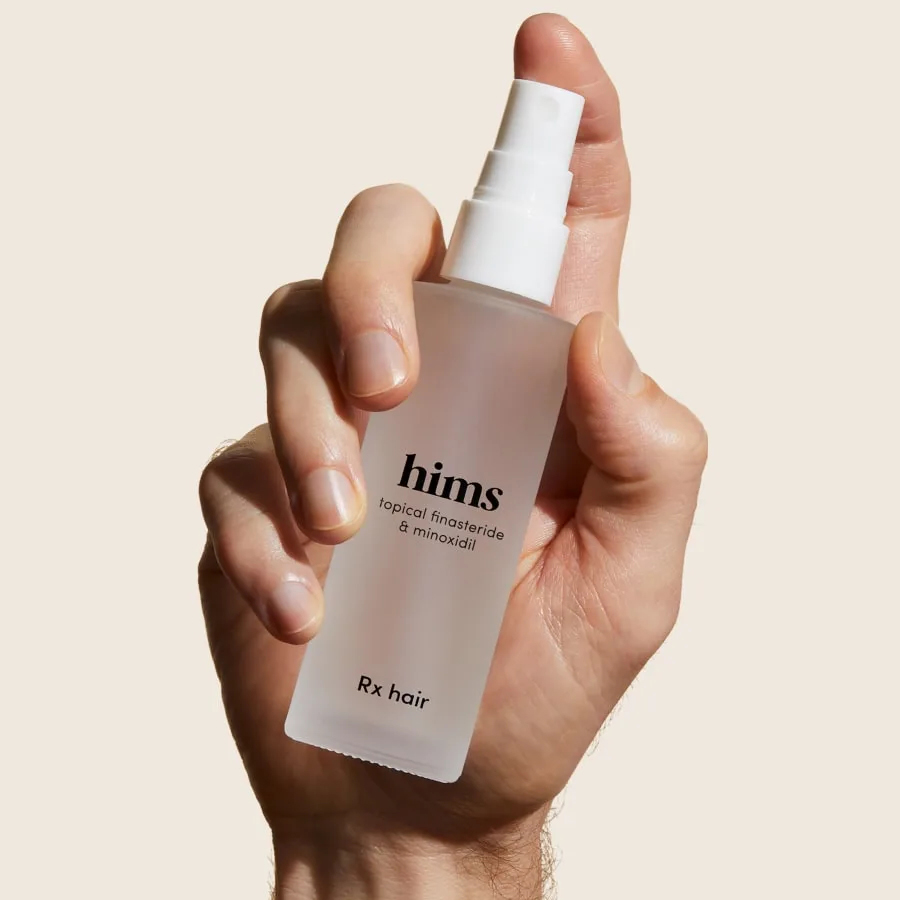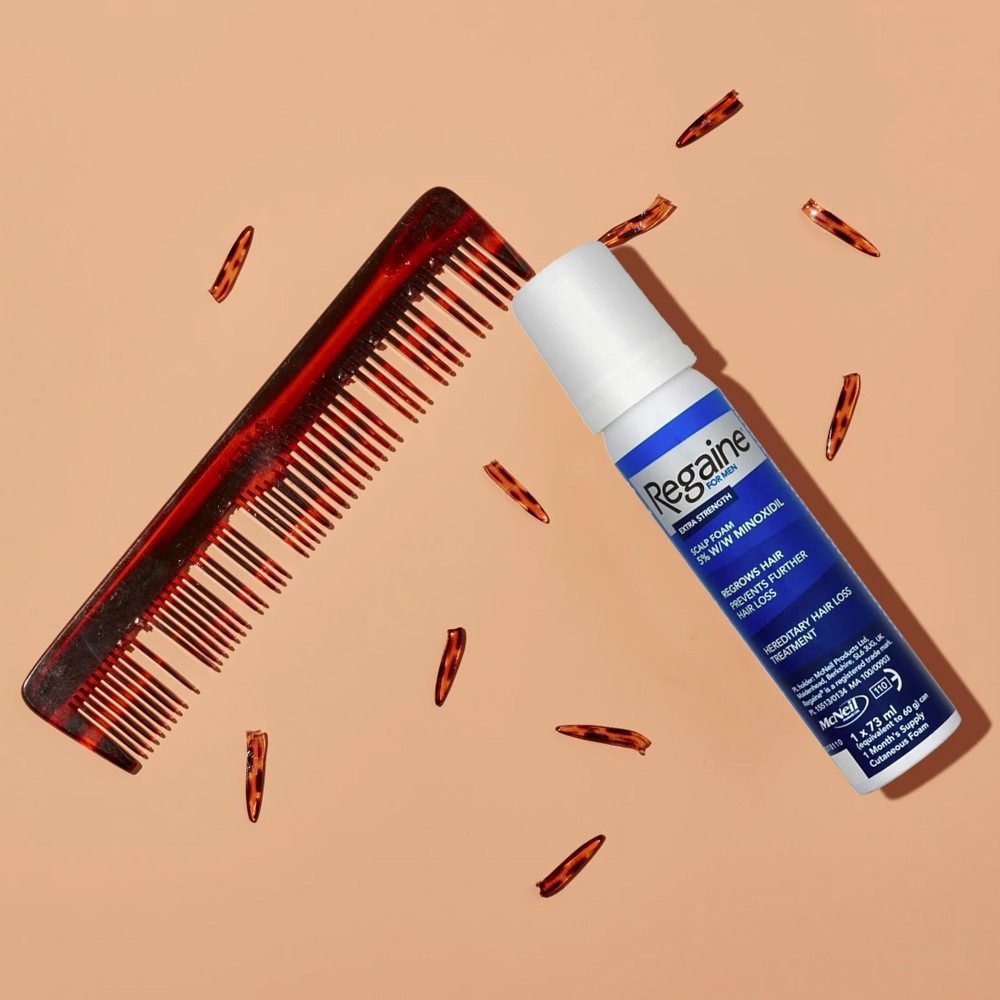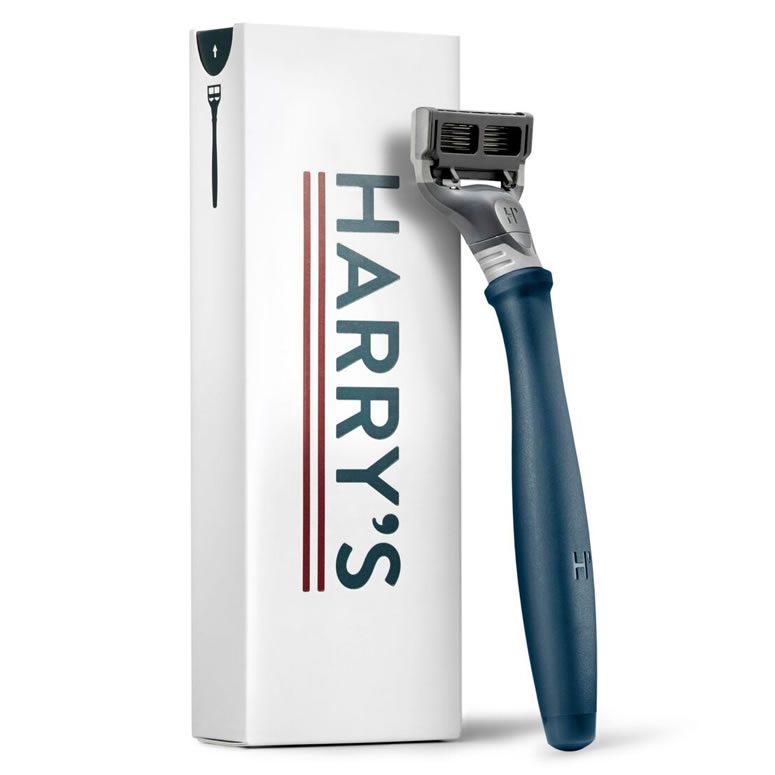17 Best Black Dress Shoes For Men in 2025
Dec 26, 2025How To Deal With It The Right Way
- Mar 23, 2024
- 0 Comments
268
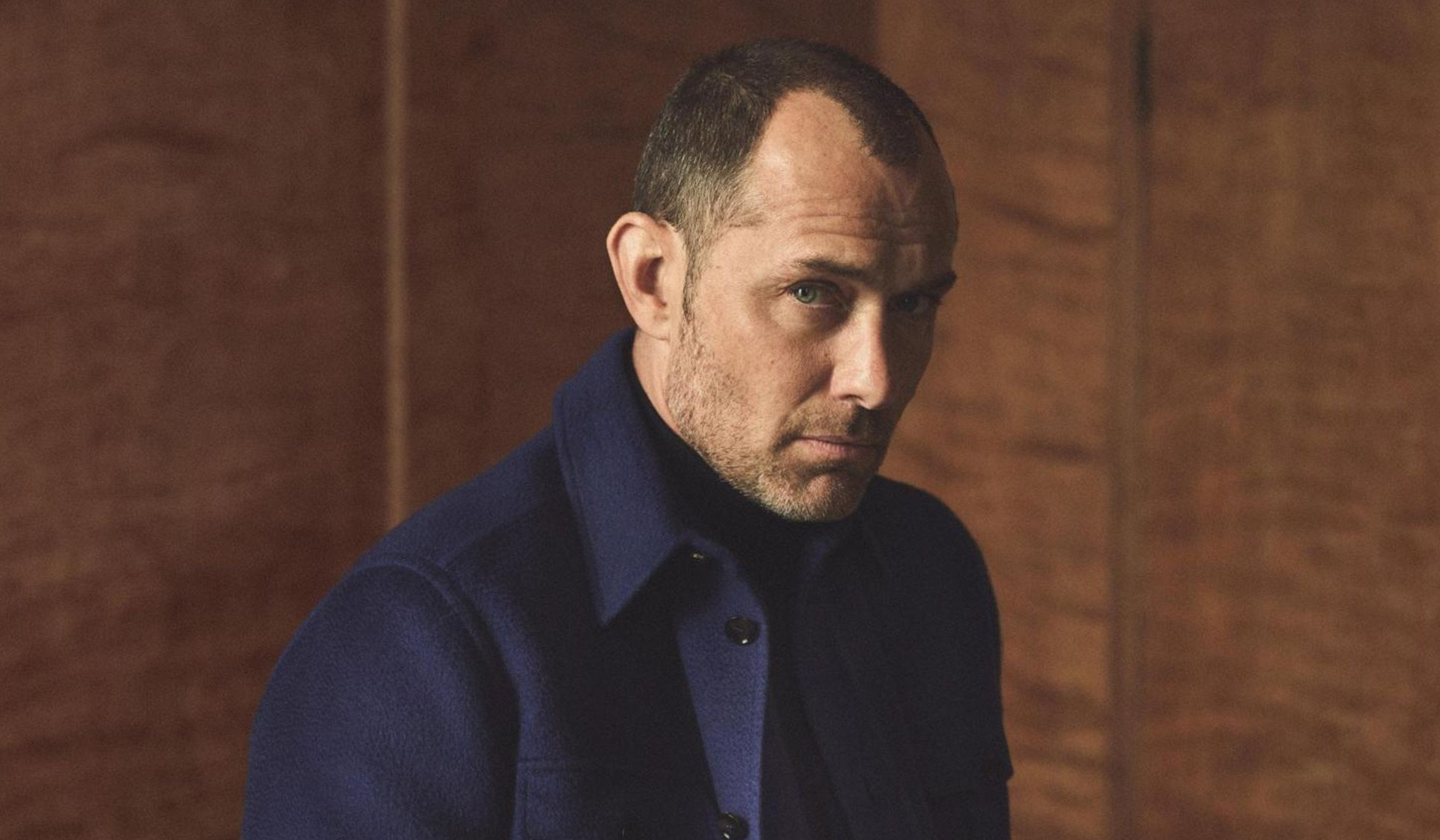
The realisation that your hair is retreating from battle can be a difficult thing to come to terms with. Not only are your looks changing beyond your control, it’s also one of the first real reminders that we aren’t immune to the passing of time.
It’s easy to feel invincible in our younger years; to feel as though we’ll have youth on our side forever. However, a receding hairline is a not-so-gentle wake-up call alerting us to the fact that the clock really is ticking.
Nobody will tell you it’s a pleasant experience to watch yourself ageing in real-time. But contrary to popular belief, losing your hair is not the be-all and end-all. As technology and medicine continue to advance, male pattern baldness is fast becoming a thing of the past.
Still, aside from acceptance, there’s no miracle cure just yet. But there are things you can do and steps you can take to either prevent, correct or simply come to terms with your hair loss.
Here, Ape explores the ins and outs of receding hairlines – and how to deal with them.
What Is A Receding Hairline?
First things first: what exactly do we mean when we say ‘receding hairline’?
Male pattern baldness is a natural part of the ageing process – by the age of 50, it affects more than half of all men. It causes hair loss in a number of different patterns, but one of the most common ways it begins is with the hairline creeping back either side, exposing more of the scalp/forehead.
This is known as a receding hairline. It’s often accompanied by a bald spot on the crown of the head and, later, thinning on top.
The hair can keep receding until the bald spot and hairline meet, leaving no hair on top of the head, or it can leave an ‘island’ of hair above the forehead.
The Norwood Scale is a set of images that depict the different stages of male pattern hair loss
Why Is It Happening To Me?
Hair loss in any form can seem very unfair when it begins happening to you, but you aren’t being singled out. Male pattern baldness is still not fully understood. What we do know, however, is that it stems from a combination of genetics and an imbalance of a hormone called dihydrotestosterone, or DHT for short.
DHT causes hairs on the scalp to gradually be replaced by shorter and thinner hairs until they disappear entirely. This tends to happen in a predictable pattern, which is why the condition is called male ‘pattern’ baldness.
As alluded to above, genetics can play a role, yet one common misconception is that the gene for male pattern baldness is passed down through the maternal side – but this is not always the case.
What Can I Do To Prevent/Treat It?
If there were a miracle, fix-all cure for receding hairlines, chances are nobody would have them. It’s true that there is no magic pill that will cause your lost hair to grow back, but there are a few things that come close.
Naturally, the first port of call should be coming to terms with your hair loss and embracing the bald life. But if you don’t think that’s something you’ll be able to do, then here’s what you need to know.
Over-The-Counter Products
With male pattern baldness being such big business, almost every major haircare brand now produces a range designed to counteract hair loss. But increased choice means it has actually become harder to select products that actually work and aren’t a waste of your hard-earned cash.
Outside of proven medications (below) – and after years of experimenting with everything from laser combs and hair fibres to scalp solutions and thickening tonics – Ape would only recommend adding two things to your daily grooming regime: a quality hair loss shampoo and a multivitamin supplement designed specifically for hair and scalp health.
The former helps keep the scalp clean, healthy and primed for optimal hair growth while strengthening the remaining strands. The latter, meanwhile, utilises a potent mix of vitamins and minerals that are proven to encourage hair growth and overall scalp health.
The other non-prescription product we recommend is a laser hair cap. One of the best is the Kiierr Laser Cap, which uses scientifically proven LLLT technology to regenerate hair follicles, increasing their energy and blood flow. The device is FDA-cleared, and with just 30 minutes of use every other day, you should see frail, thinning follicles transform into thick and healthy hair once again.
Scientifically-Proven Medication
- Hims The Combination Hair Loss Spray
- Regaine for Men Foam
While there may not be a magic pill that makes your hair grow back, there are a couple of scientifically proven medications that can help prevent any more from falling out. The two main drugs used to prevent further hair loss are minoxidil and finasteride.
Both were actually developed with other applications in mind but began being used to treat hair loss when researchers noticed they could, in some cases, cause hair to grow.
Finasteride is traditionally available in oral pill form and marketed as ‘Propecia’. Minoxidil, on the other hand, is usually sold as a topical ointment, branded Rogaine in the US and Regaine here in the UK. Recent advancements have also seen Minoxidil produced in oral pill form, which can reduce the messy application process associated with foam, but it requires a prescription.
Users will typically experience differing degrees of success. Some will experience nothing more than decreased hair loss, while others will report old hair growing back.
These medications also play a key role in the hair transplant process, which brings us to our next point.
Surgery

The social stigma surrounding hair transplants is steadily decreasing. This is thanks in no small part to several high-profile public figures opting to have the treatment and be open about it.
Put simply, the procedure involves extracting hair follicles – individually or in strips – from an area of the scalp where hair still grows (usually the back and sides). Then it’s a case of rehoming them in places affected by hair loss. The finished results can be very impressive, particularly if you choose a respected surgeon, with many men enjoying full heads of hair again within a year.
However, the surgery’s continued success hinges on using the medications mentioned above. If a patient has the treatment and is not taking a loss-preventing drug, hair loss could continue to get worse and make the transplant look unnatural.
Micropigmentation

One unconventional option gaining traction in the world of hair loss treatment is micropigmentation. This involves tattooing a hairline back in to give the illusion of hair. It can look very effective when combined with a shaved head and can even help reduce the appearance of thinning when worn with the hair slightly longer.
The treatment is typically carried out in three to four sessions with immediately visible results. If you wear your head shaved but are conscious of your receding hairline, this could be the ideal solution for you.
Go Natural
- Wahl Hair Clipper Elite Pro
- Harry’s The Truman Razor
Last but not least, one option that is much cheaper and painless than any of the above is to accept your receding hairline and wear it with pride simply. If you’re going quite noticeably bald, the first step is to shave your head using either hair clippers and a guard, or simply a wet razor.
You may find your new look difficult to get used to at first. But once you discover it means you get a lie in every morning and don’t have to fork out for regular trips to the barber, you may start to find you quite like it.
The Best Hairstyles For Receding Hairlines
If treatment doesn’t sound like the right path for you, perhaps your local barber has the solution. A number of hairstyles can work wonders for a receding hairline – these are some of the best.
Clean Shave
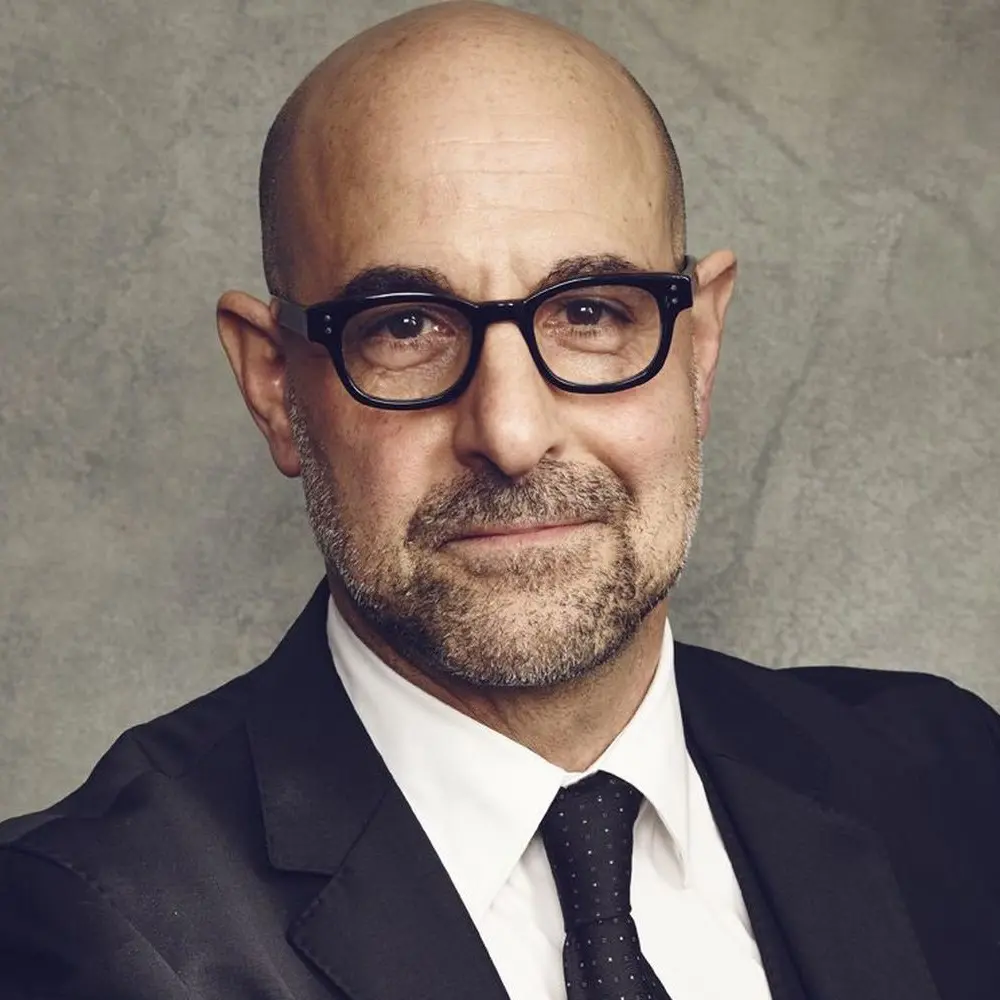
There’s no denying it’s the nuclear option, but shaving your head down to the bone can be a liberating experience. Going for a full chrome dome can restore some of the confidence your receding hairline deprived you of. Plus, it can even make you look more masculine and dominant.
A good tip is to ask your barber to take the hair down with clippers to a buzzed length first. This way you can get a better idea of whether the look is going to be right for you before you fully commit.
Buzz Cut
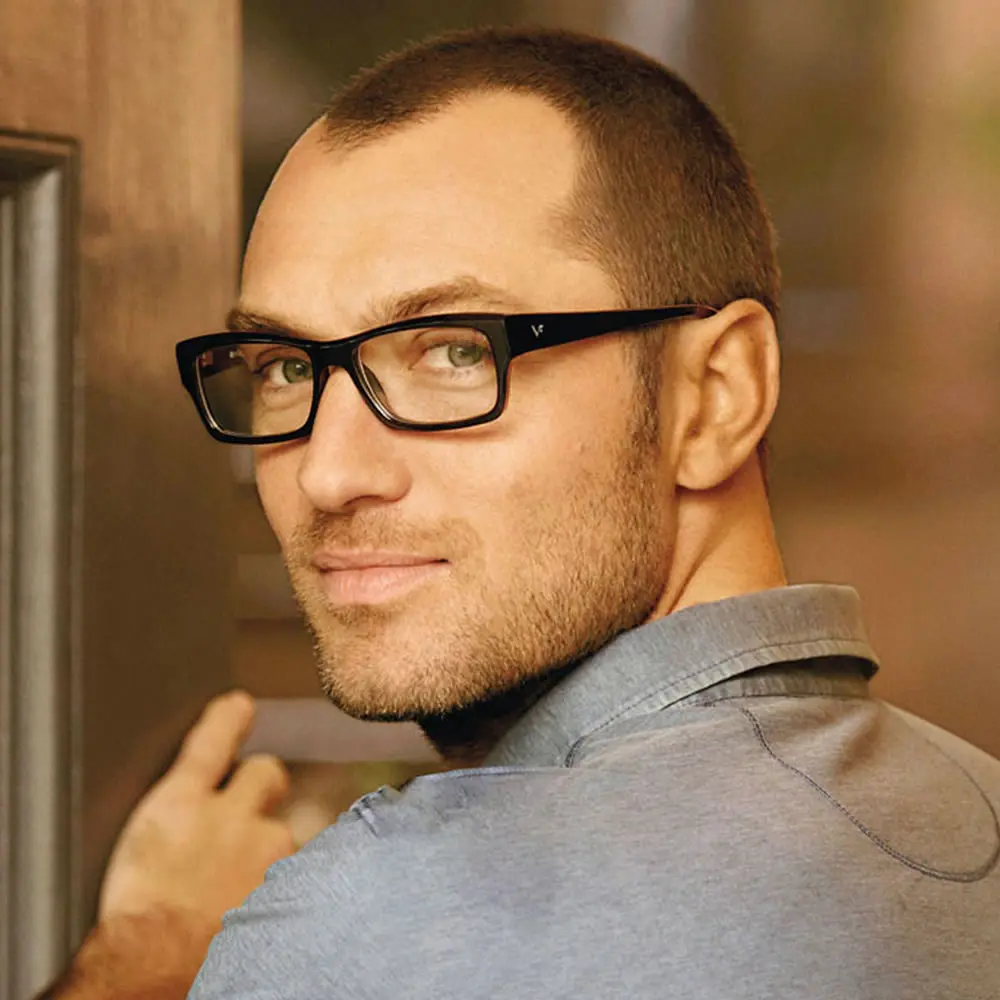
One step up from its clean-shaven cousin, the buzz cut is a military favourite, sitting between a short haircut and a shaved head. Your barber will take the hair down with a grade one or above on the clippers until it is the same length all over.
This type of cut can significantly reduce the appearance of your receding hairline and has the added benefit of being extremely low-maintenance. If you want to save some money, you could even do it yourself at home with a little practice.
Textured Crop

Popularised by the hit TV period drama Peaky Blinders, the textured crop has become one of the most popular trims of recent times. The good news is, the fact it’s styled forwards makes it an ideal choice for men with receding hairlines.
The tousled look can also help mask thinning on top of the head, and when taken short on the sides, it can give the illusion of hair on top of the head being fuller and thicker.
However, choosing the right hair styling products for thinning hair is just as important. Avoid anything too heavy or water-based (gels, clays, creams, pomades, and the like), which will weigh your hair down, making it look even more sparse than it is. Instead, try ‘dry’ or ‘matte’ products that boost volume, such as texture powders, root boosters and salt sprays.
Crew Cut

The classic crew cut is a military favourite due to it being one of the most timeless hairstyles around. Here, the back and sides are kept close and cropped with hair left only slightly longer on top.
This short length makes the hair appear thicker, and the front can be styled to mask the offending areas around the hairline.
Publisher: Source link





